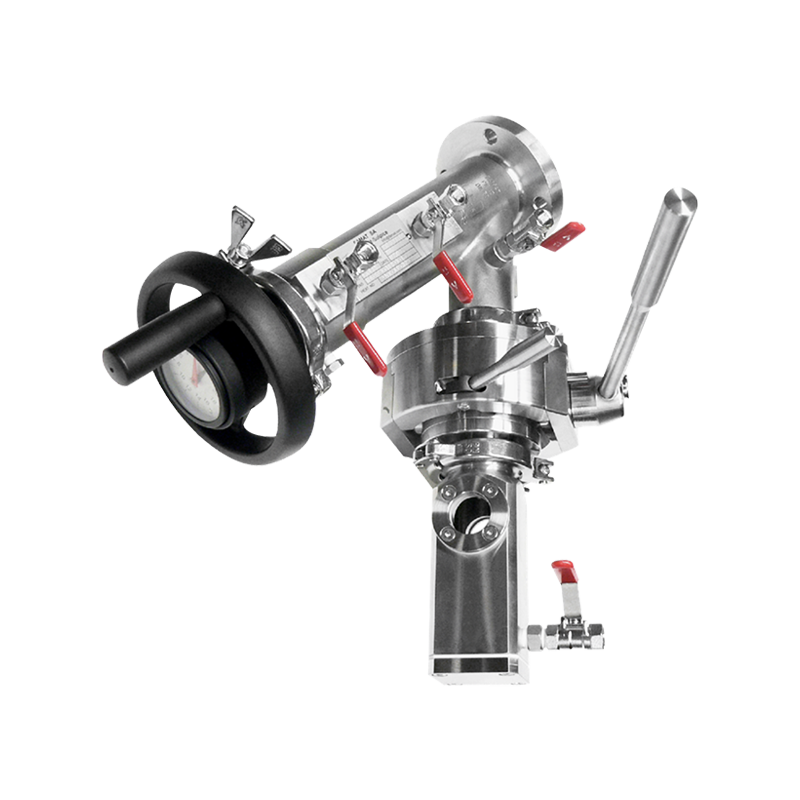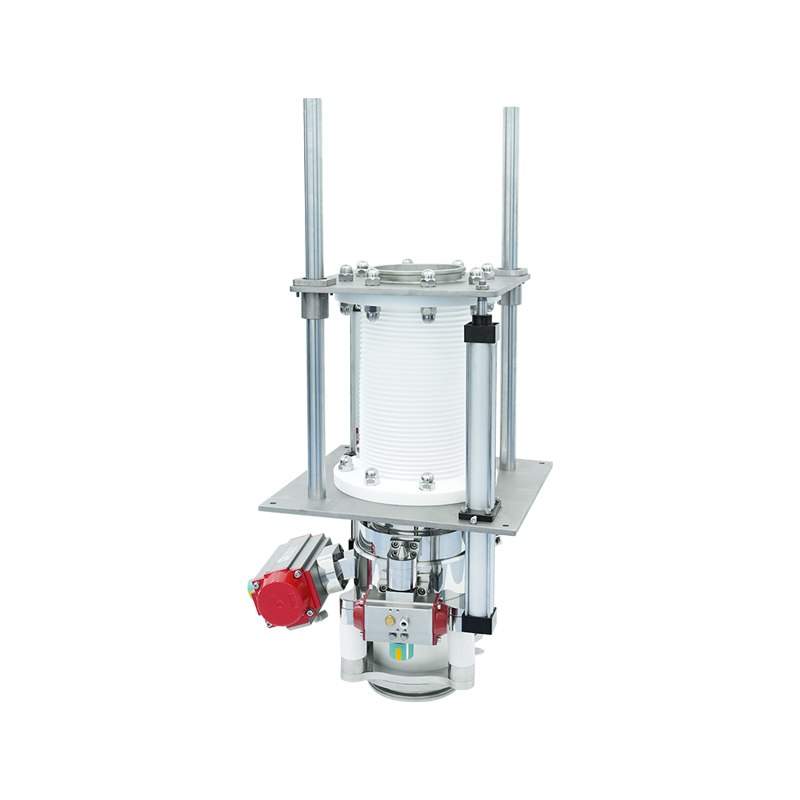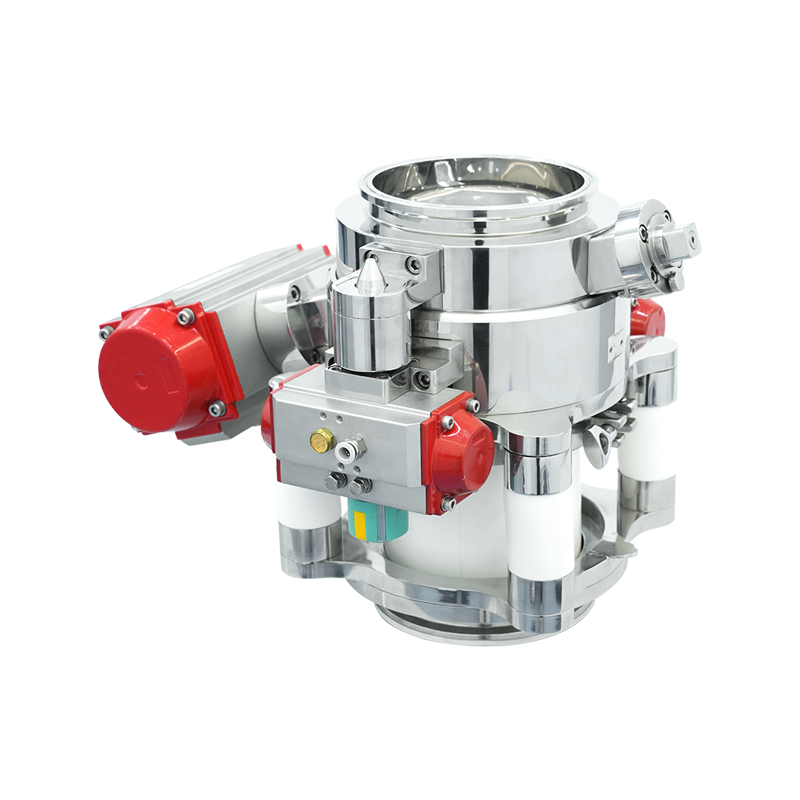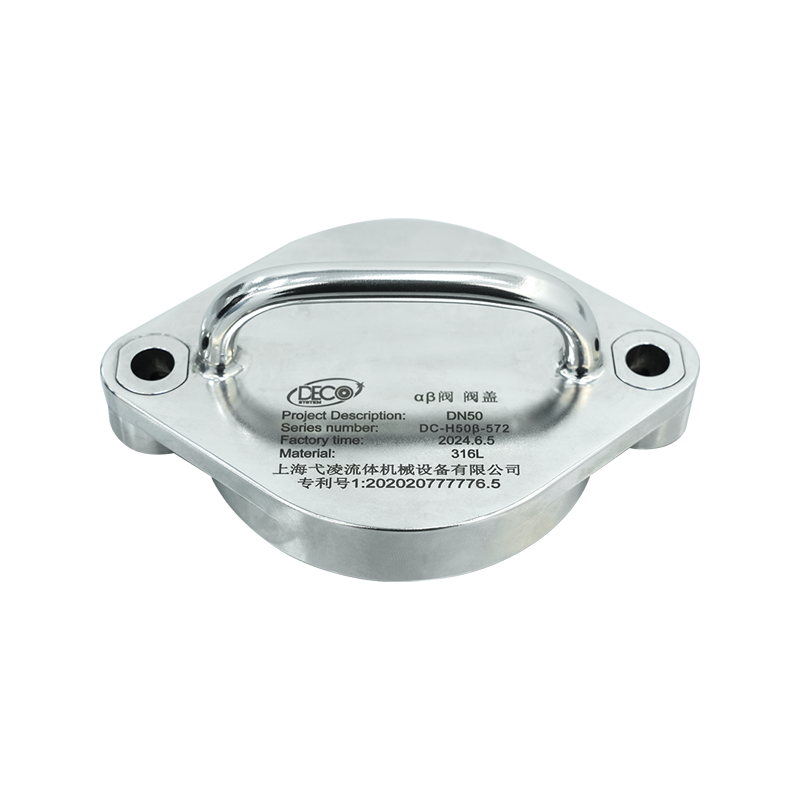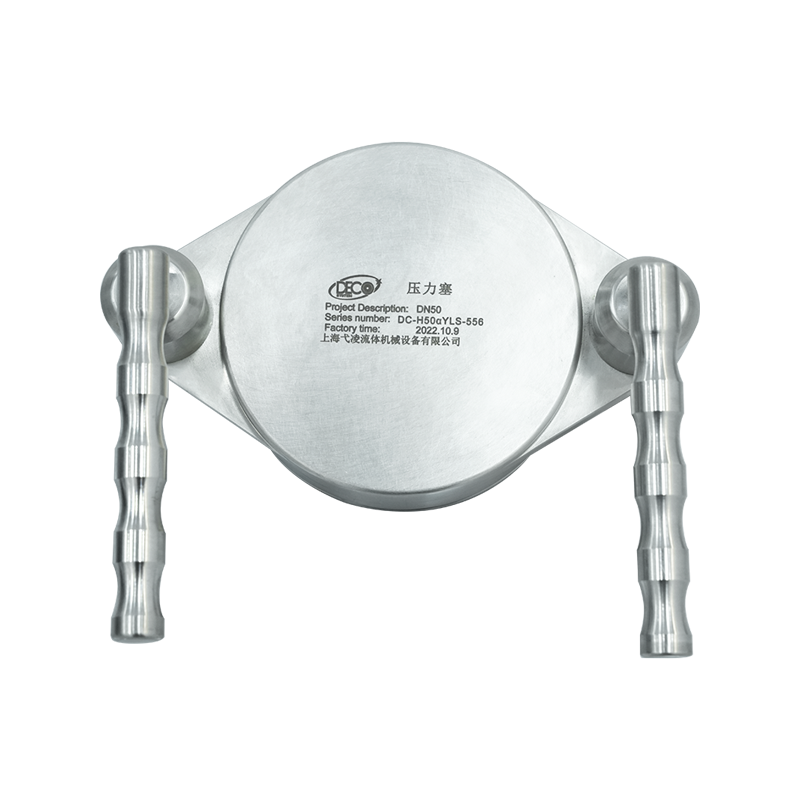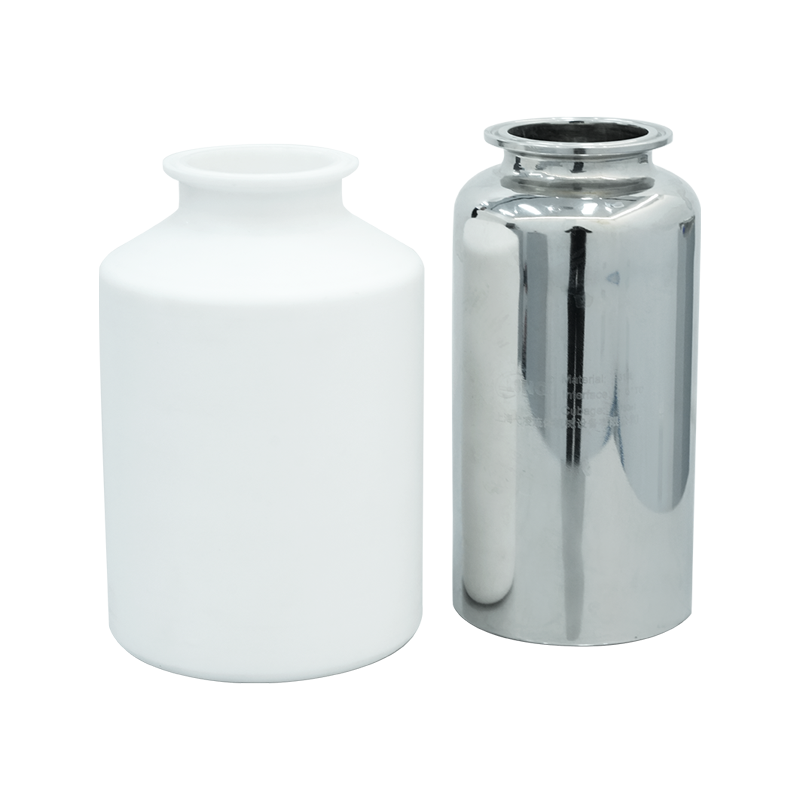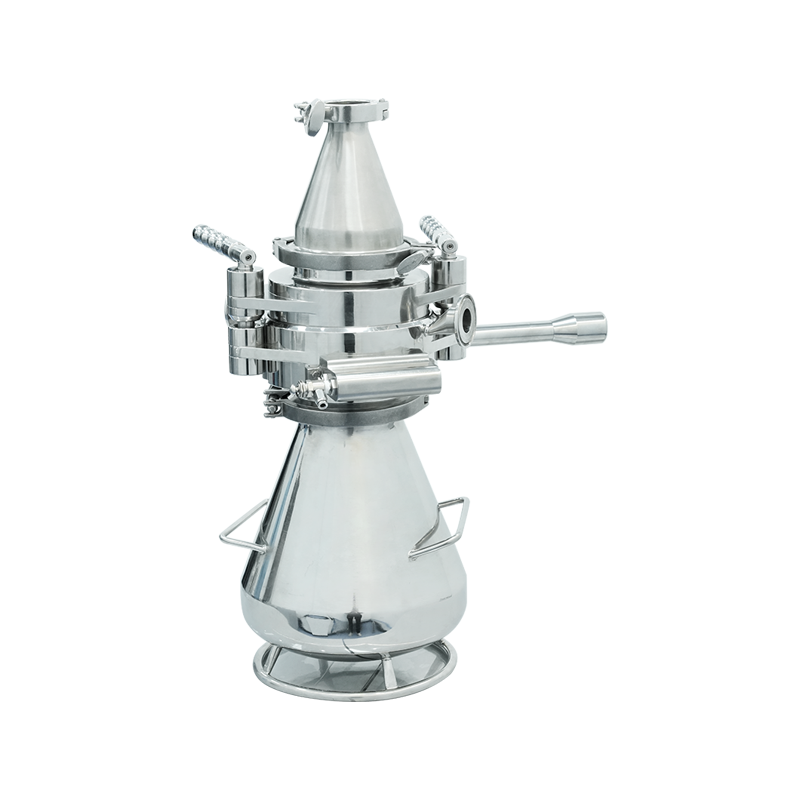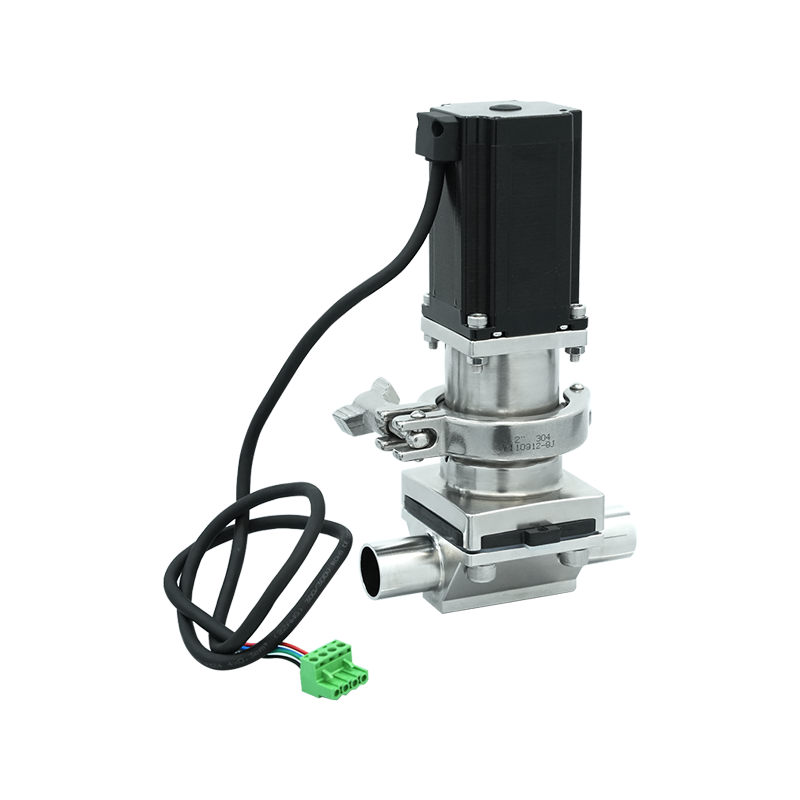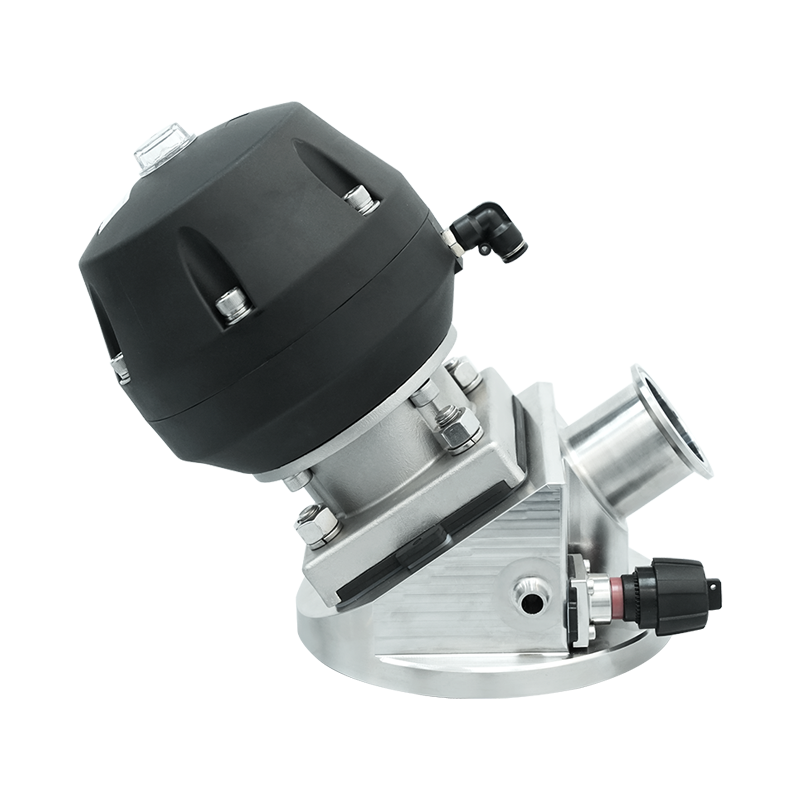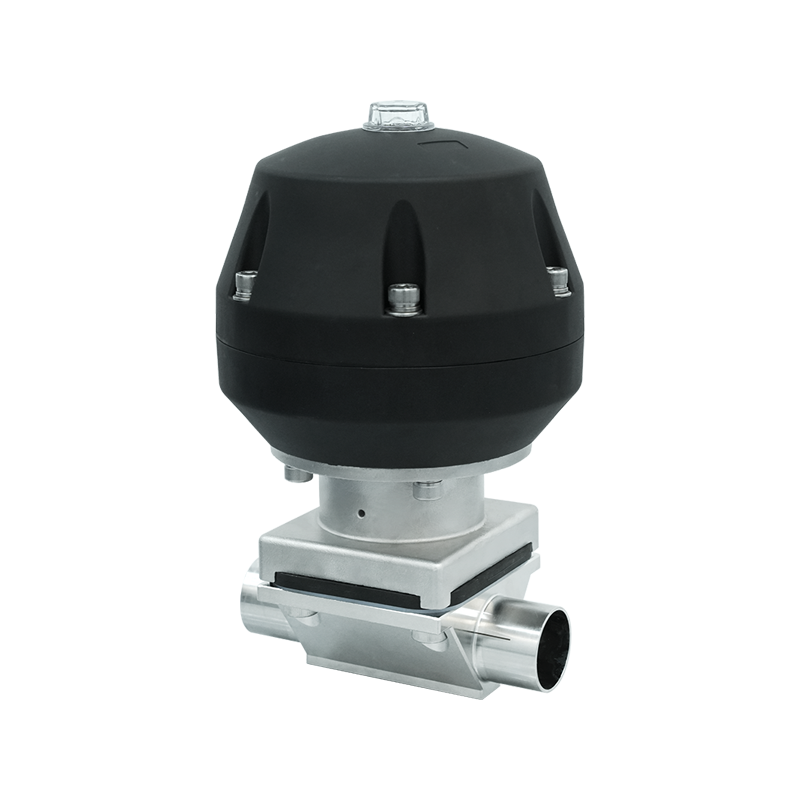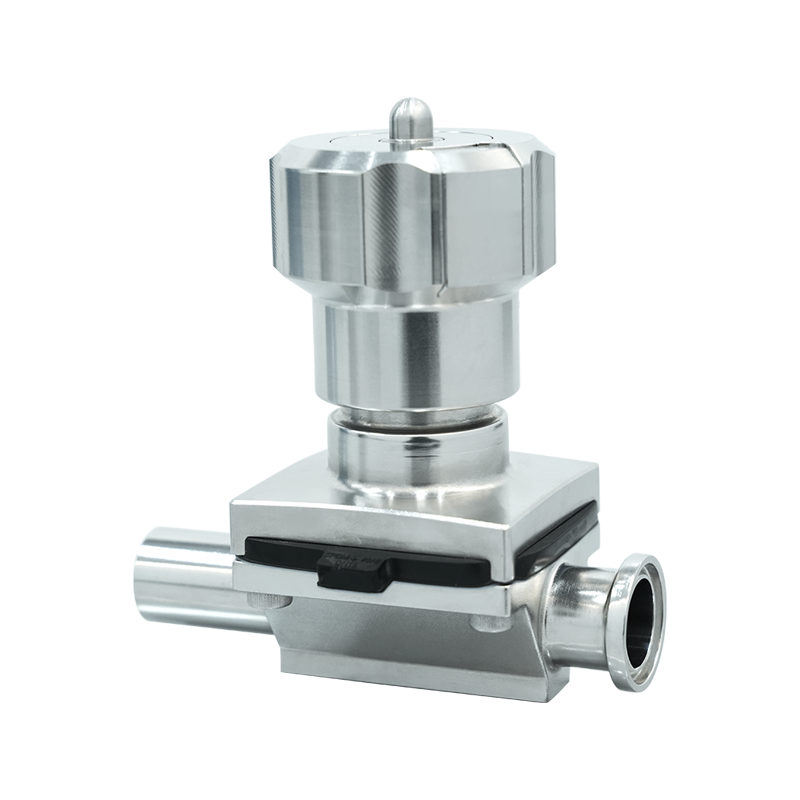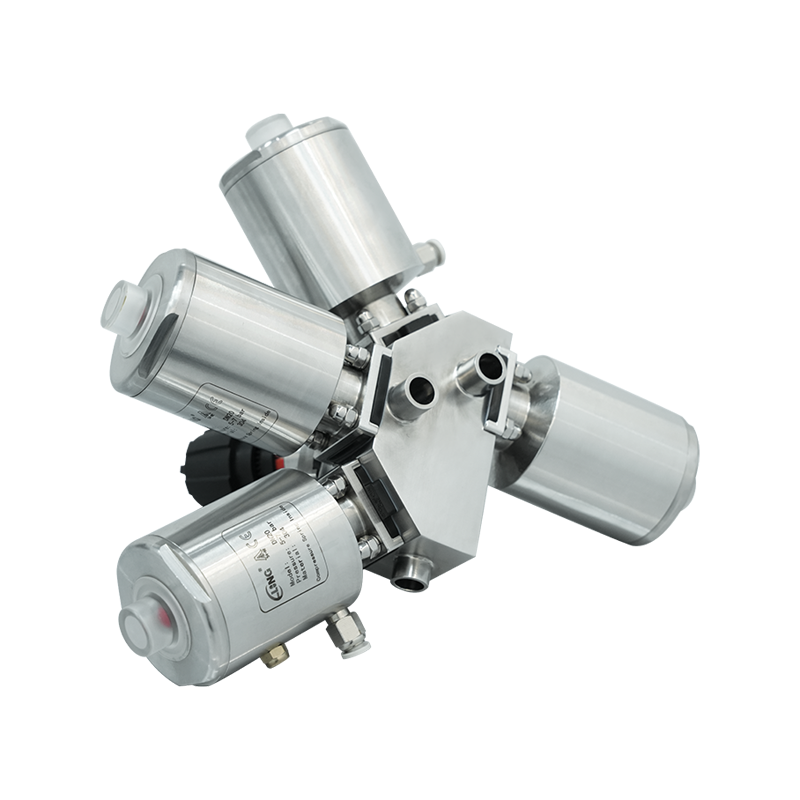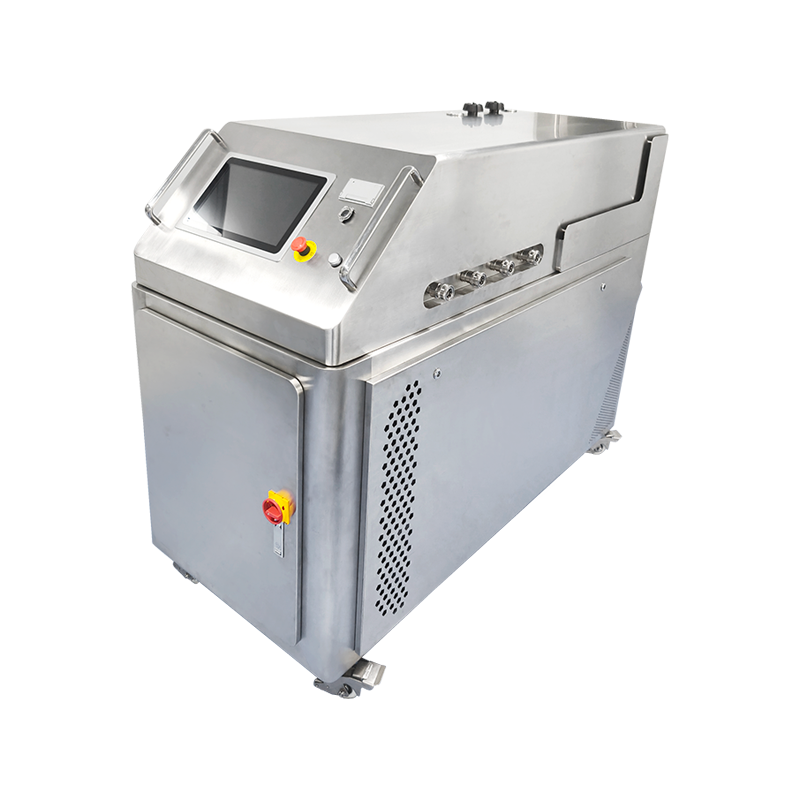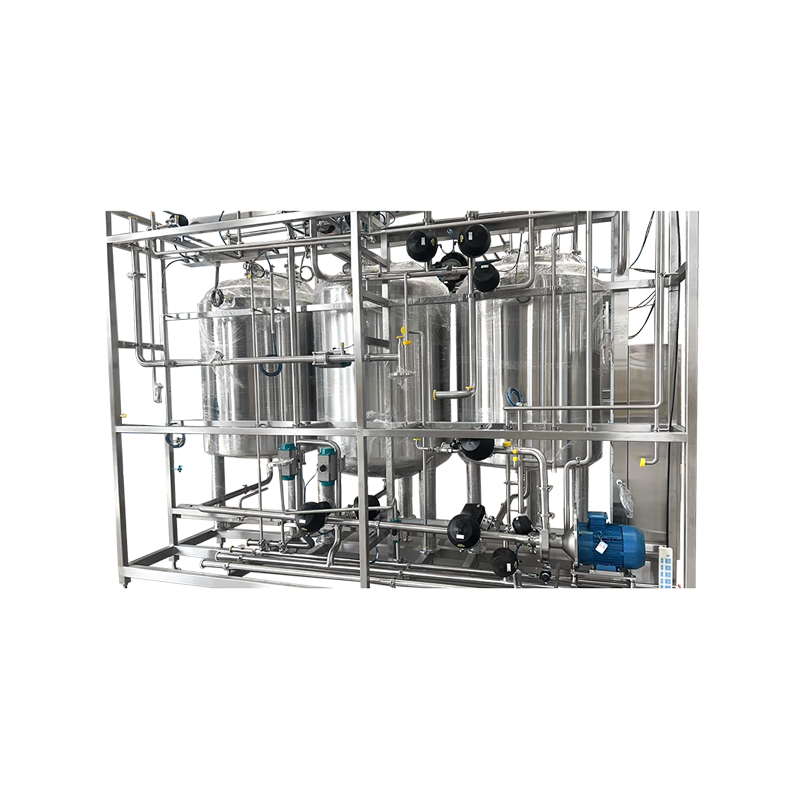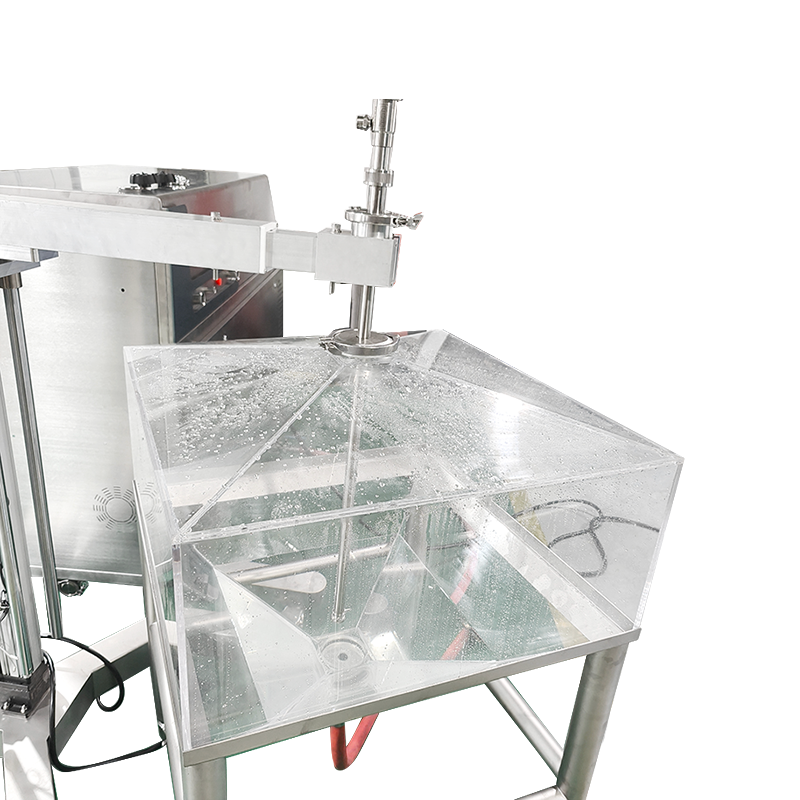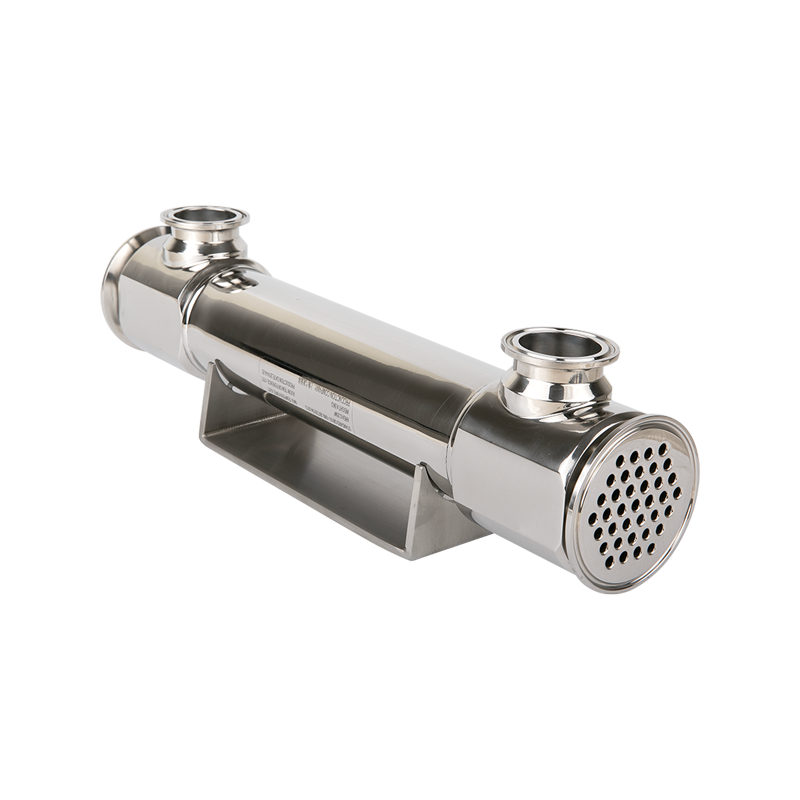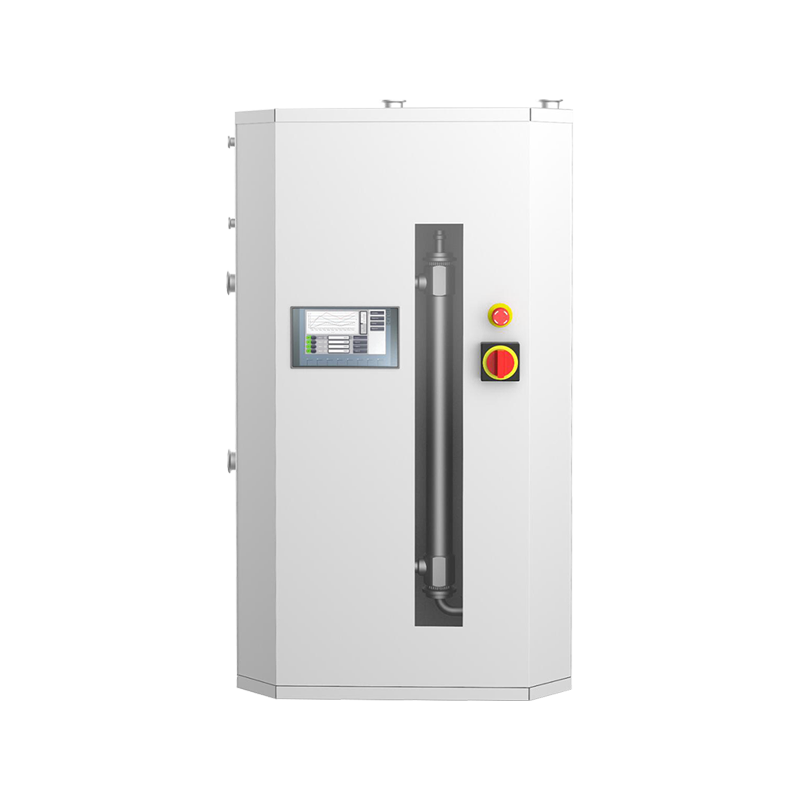In industries where containment, sterility, and safety are paramount — such as pharmaceutical manufacturing, biotechnology, nuclear, and semiconductor sectors — the type of valve used for material or fluid transfer can drastically affect operational outcomes. Two commonly referenced valve systems are standard industrial valves and RTP (Rapid Transfer Port) valves.
While both regulate or facilitate the movement of materials, their design, function, and application environments are fundamentally different. This article explores the structural, functional, and operational distinctions between standard valves and RTP valves, highlighting where and why each type is used.
1. What Is a Standard Valve?
Definition:
A standard valve is a mechanical device used to regulate, direct, or control the flow of liquids, gases, or granular materials by opening, closing, or partially obstructing passageways.
Common Types:
Ball Valve
Gate Valve
Globe Valve
Butterfly Valve
Check Valve
Diaphragm Valve
Typical Applications:
Industrial fluid handling
Water and wastewater systems
Oil & gas pipelines
HVAC systems
Chemical and food processing
Key Features:
Designed to withstand high pressure and flow rates
Made from metal or plastic components
Operated manually, pneumatically, or electrically
Prioritizes flow control efficiency, not sterility
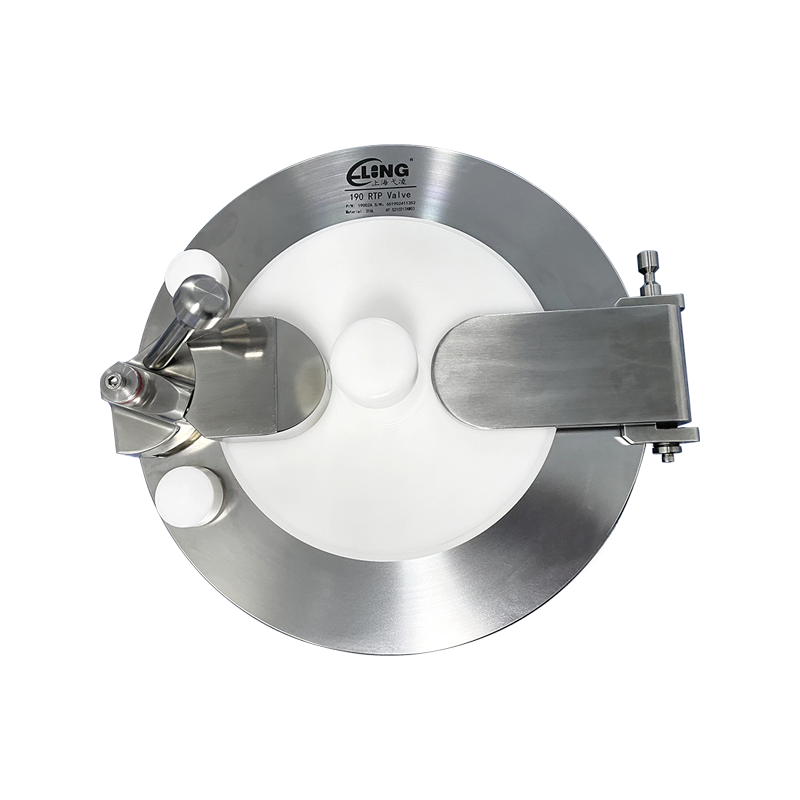
2. What Is an RTP Valve?
Definition:
An RTP (Rapid Transfer Port) valve is a specialized containment interface that enables safe, sterile transfer of materials between two separate environments without compromising the cleanliness or containment of either side.
It typically integrates with alpha-beta port systems, used in isolators, cleanrooms, and containment enclosures.
Where Used:
Aseptic pharmaceutical production
Sterile filling lines
Biohazard or cytotoxic material handling
Nuclear waste transfer
High-containment cleanrooms (Grade A/B)
Key Features:
Maintains Class A sterile conditions
Prevents cross-contamination during transfer
Designed for glove box or isolator integration
Allows sealed docking/undocking of beta containers
3. Structural and Design Differences
Feature Standard Valve RTP Valve
Flow Regulation Yes Not designed for continuous flow; used for discrete material transfer
Containment Moderate to none High-integrity sealed environment
Sterility Not sterile Maintains aseptic barrier
Docking Mechanism Not applicable Alpha-beta locking system
Material Compatibility Broad range of fluids Focused on sterile solid transfer (e.g., vials, stoppers)
Installation Piping systems Isolators, RABS, gloveboxes
4. Functional Differences
A. Purpose of Use
Standard Valve: Designed to control continuous flow of liquid or gas in piping networks.
RTP Valve: Engineered for intermittent transfer of sterile or hazardous materials without breaking containment.
B. Environmental Integration
Standard valves function in open or closed loop piping systems, not typically requiring strict environmental control.
RTP valves are built into controlled environments (ISO Class 5 or better) and must uphold regulatory sterility standards (e.g., EU GMP, FDA CFR 21 Part 11).
C. Sealing Mechanism
Standard valves rely on internal seals (e.g., O-rings, gaskets) to prevent leaks during flow.
RTP valves create a double seal between the alpha port (fixed) and beta container (mobile), ensuring no exposure between transfer points.
5. Application Case Studies
Case 1: Chemical Plant Fluid Transfer
In a chemical plant, ball valves are used to control the flow of corrosive fluids between tanks and reactors. The focus is on flow rate, corrosion resistance, and pressure ratings — sterility is not a concern.
→ Standard valve is ideal.
Case 2: Sterile API (Active Pharmaceutical Ingredient) Transfer
In a pharmaceutical facility, a manufacturer needs to transfer sterile powder into a cleanroom-grade isolator without exposing it to ambient air. The transfer must be documented, validated, and repeatable.
→ RTP valve system is required.
6. Regulatory and Safety Differences
Standard Valve:
Subject to ASME, ANSI, API, or DIN standards
Safety based on pressure/temperature tolerances
RTP Valve:
Must comply with GMP, FDA, ISO 14644, and Annex 1 standards
May require validation through leak testing, sterility assurance, and integrity testing
7. When to Choose Which?
Choose Standard Valve When:
You need flow control of liquids or gases
Operating in non-sterile or industrial environments
Cost efficiency is a priority
No risk of contamination or exposure
Choose RTP Valve When:
Sterile transfer is required between sealed environments
Working with potent, hazardous, or cytotoxic materials
You're in a GMP or ISO-classified cleanroom
Containment breach is unacceptable
While both standard valves and RTP valves serve the function of material transfer, their use cases and engineering goals are vastly different. Standard valves prioritize flow control and mechanical performance, while RTP valves are designed for sterile, contained, and secure material movement in high-risk environments.






